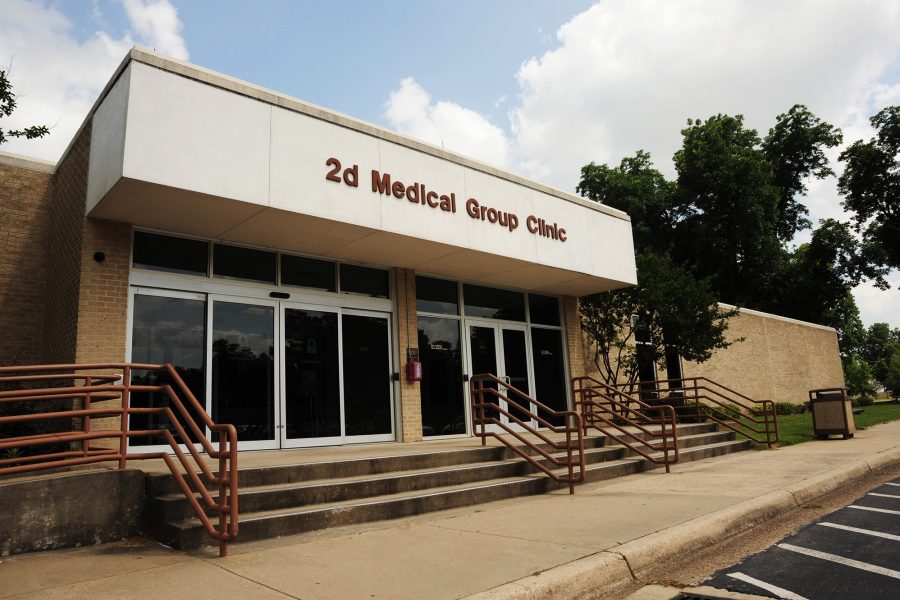The Pentagon is downsizing or closing 50 medical clinics, including 12 on Air Force bases, in a move the department says will “increase the readiness of our operational and medical forces.” But the change will also force families and retirees away from some USAF facilities and into TRICARE civilian providers.
The Fiscal 2017 National Defense Authorization Act called on the Pentagon to analyze its hospital and clinic footprint, and the department screened 343 facilities inside the United States. Of those, 77 were selected for additional assessments and 50 ultimately chosen for “restructuring.”
The majority of those facilities will transition from serving all beneficiaries to only seeing Active-duty military personnel. Family members, retirees, and their families would have to seek care through the TRICARE civilian provider network.
Matt Donovan, the former acting Air Force secretary who is performing the duties of the under secretary of defense for personnel and readiness, outlined the changes in a Feb. 19 report to congressional leaders.
The report is a “strategic framework” for the changes, and no detailed implementation plan, timeline, projected costs, or expected savings are available yet. Local networks’ ability to take on additional patients will drive the transition time, and switching people over could take several years.
If TRICARE networks cannot provide access to quality care, “DOD will revise implementation plans,” according to a Military Health System release.
MacDill Air Force Base, Fla.’s Sabal Park Clinic will close once all patients are transferred. The clinic opened in May 2019.
Joint Base Langley-Eustis Air Force Base, Va.’s 633rd Medical Group’s inpatient facility will become an ambulatory surgical center.
The following facilities will switch to Active-duty, occupational health-only clinics:
- MacDill’s 6th MDG outpatient facility
- Dyess AFB, Texas’s 7th MDG outpatient facility
- Robins AFB, Ga.’s 78th MDG outpatient facility
- Barksdale AFB, La.’s 2nd MDG outpatient facility
- Dover AFB, Del.’s 436th MDG outpatient facility
- Goodfellow AFB, Texas’s 17th MDG outpatient facility
- Hanscom AFB, Mass.’s 66th Medical Squadron outpatient facility
- Maxwell AFB, Ala.’s 42nd MDG outpatient facility
- Joint Base McGuire-Dix-Lakehurst, N.J.’s 87th MDG outpatient facility
- Patrick AFB, Fla.’s 45th MDG outpatient facility
The Pentagon expects about 200,000 beneficiaries to move to provider networks, the majority of which are retirees. They will need to pay out of pocket for health care provided through TRICARE. A family of four filling a dozen prescriptions per year could end up spending from $157 to $720 more per year on prescription medications alone. For medical care, copays and deductibles could add hundreds or thousands more dollars.
By only providing medical services to Active-duty forces, the Pentagon wants to make sure affected facilities can help service members be “medically ready to train and deploy,” said Tom McCaffery, the assistant secretary of defense for health affairs, in a release. “It also means MTFs are effectively utilized as platforms that enable our military medical personnel to acquire and maintain the clinical skills and experience that prepares them for deployment in support of combat operations around the world.”
